LONG OF THIS LAND
STORY AND PHOTOS BY ZOLTAN VARADI
With the second-largest reserve landbase in Canada and 23 per cent of its 210,080 Prairie acres earmarked for agricultural use, the Siksika Nation appears uniquely positioned to thrive in the farm sector. This is not the case. Though farming has taken place on Siksika since the turn of the previous century, only a handful of families have been able to make a go of it as independent operators. To understand why, we must unpack the policies and practices that form the historical and legal relationship between First Nations people and the Government of Canada.
“It goes back to the settler society’s idea of assimilating the Blackfoot people,” said Stewart Breaker, one of those few on-reserve farmers who has established a significant operation on Siksika land. “The idea was to utilize agriculture as an assimilation tool for the adults as a way of making them citizens of Canada.”
Breaker possesses formidable knowledge about the history of agriculture as it relates to the Blackfoot people. This is in no small part because of his own family’s story. His grandfather was among the first individuals in the area to successfully transition to farming. He’s also well-versed in contemporary scholarship and suggests those interested in the subject read historian Sarah Carter’s book, Lost Harvests: Prairie Indian Reserve Farmers and Government Policy. The University of Alberta professor corrects the old notion that on-reserve agriculture in Western Canada failed to take root in any significant measure due to cultural incompatibility with farming on the part of First Nations people.
In his own telling of the story, Breaker corroborates Carter’s thesis that government policy undermined the development of Indigenous agriculture. Asked how his family became farmers, Breaker begins the narrative with the assimilation polices introduced under the Indian Act in 1876. Under it, children were placed in residential schools and trained for agriculture and trades. This was intended to “take the Indian out of the child.” From there, Breaker recounts the effect of Siksika’s 1910 land surrender, which saw the federal government take back nearly 115,000 acres of the reserve’s territory, much of it prime agricultural or mineral-rich land.
“They took half our land on the south side and gave it to settlers—all around Gleichen, Arrowwood, Mossleigh and north of Milo,” said Breaker. “And then they put in irrigation south of us so we couldn’t access it. We didn’t have irrigation until the 1970s.” The Siksika Irrigation Land Corporation and Siksika Farms companies manage 5,000 irrigated acres and 3,700 dryland acres of reserve land, respectively.
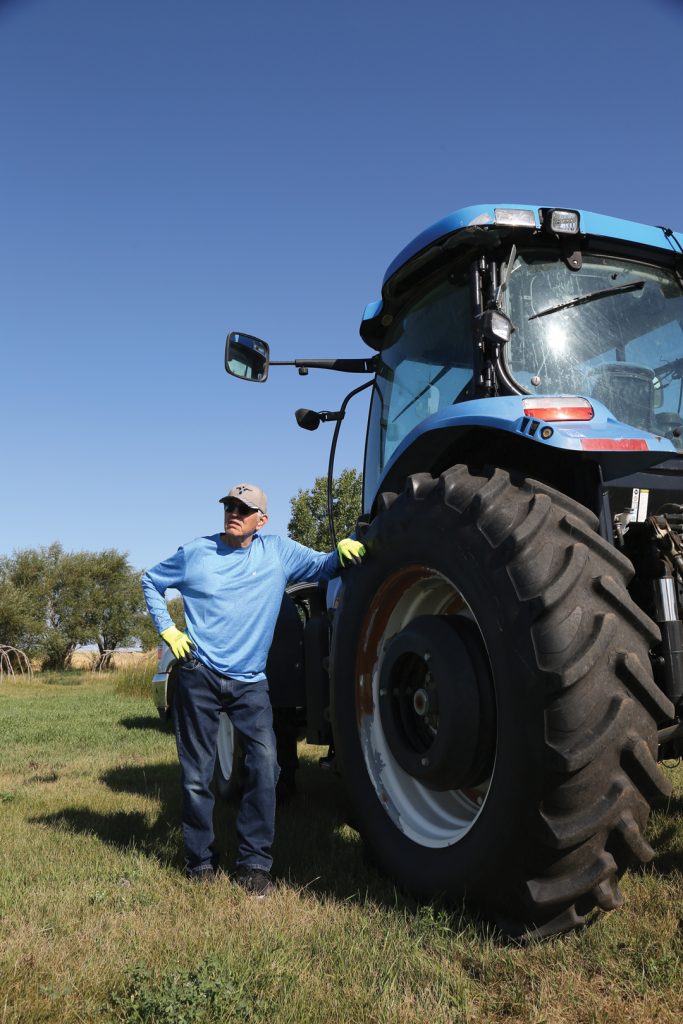
A TOUGH START
Ironically, this land surrender marked the start of Siksika farming activity. The government offered remuneration for the lost territory that allowed for some economic development that included farming. It should be noted undue pressure to sell and a host of fraudulent coercion tactics were common in such surrenders and have been recognized as illegal in contemporary land claims settlements.
In the 1920s, Breaker’s grandfather was one of 126 individuals and families from Siksika to be allocated 80 acres for agricultural use. Over decades, the number of farmers has dwindled, a fact Breaker attributes to interference on the part of the Indian agency system. The federal government’s on-reserve representative from the 1830s to the mid-1960s, the Indian agent’s role was to enforce policy vis-a-vis the Indian Act. These individuals did so through a lens that viewed First Nations people as wards of the state. Often capricious, they had the power to withhold funds and deny the use of farm equipment.
“You had to follow his rules. Children had to attend residential school and not run away,” said Breaker. Even if they followed the rules, Indigenous farmers were often still penalized, according to Carter. Measures such as land surrenders and withholding access to farm equipment were used to prioritize settler agriculture and ensure Indigenous operations remained non-competitive.
“As Indian farmers acquired skills and technology and reserve agriculture took hold, they began to pose a threat as competitors,” wrote Carter. From the 1880s on, the Department of Indian Affair’s policies discouraged such prosperity to placate white farmers and attract immigrants. “In the process, reserve agriculture suffered.”
“The Department of Indian Affairs wanted to stall things on the First Nation lands. With all three [Blackfoot] tribes, and some of the others in Saskatchewan,” said Breaker. “They made it a lot tougher for us. My grandfather and others in his clan were punished for being too successful, by not being allowed to use the diesel and gas tractors that were just introduced. So, he just reverted to using a plow and horse team.”
His grandfather persevered, but many did not. “A lot of them, they just had enough,” said Breaker. He estimated that by the 1940s half of the original 126 farmers had dropped out, a downward trend that continued for decades. Even as his own father took over the operation in the 1960s, many of the few who had managed to hang on turned their plots over to the care of the Breakers.
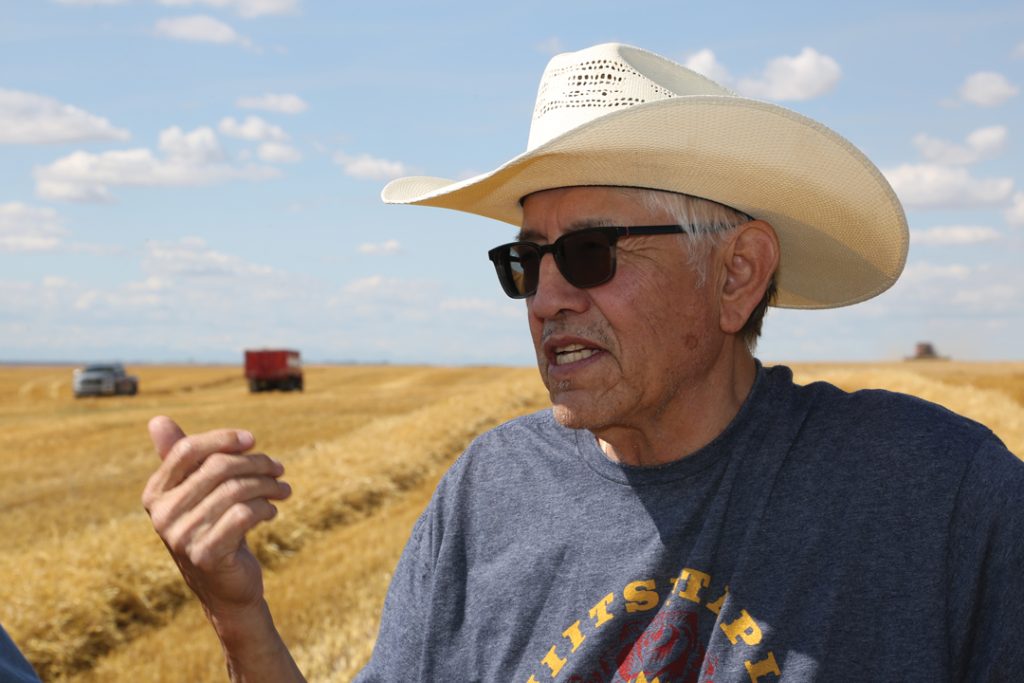
LAND CERTAINTY
Today, Breaker and two of his brothers farm approximately 1,200 acres of wheat, canola, barley and oats. He estimated the operation was closer to 2,000 at its height. Business has been good, especially this season with its adequate rain. A fourth brother, Robert Breaker, oversees his own cattle and crops operation. Despite the brothers’ successes, Breaker reckons his generation of family farmers may be the last on Siksika soil. “I don’t see it,” he said. “Not unless the band helps them with the debt load.” He did note equipment loans are available through the Calgary-based, Indigenous-owned Indian Business Corporation.
Breaker’s sister, Hester Breaker, shares her brother’s concerns about the future of family farms on Siksika. As the Nation’s land manager, however, she also sees the potential for large-scale, band-led agricultural opportunities. “A strength we have is the landbase,” she said. “A lot of it is still a natural state, particularly on the east side. We have 22 communal pastures to cater to stock owners, and what I see is developing a plan where we look at food security. That entails maybe taking some of this grazing land and putting it in a productive state.”
In part because the Siksika landbase is large and its uses varied, Hester acknowledged it will take time to realize such ideas. A practical step toward doing so, she and her team have just completed a comprehensive land-use plan that covers residential development, capital infrastructure, resource development and cultural sacred sites.
Of course, agriculture is a significant part of the mix, and the land-use plan addresses one of the biggest barriers to individual reserve farmers: land certainty. Treaty lands, such as Siksika, are held in trust by the federal government on behalf of the signatory nation. This means there is no private ownership on the reserve, and farmers have no significant collateral to use for loans that could be used to invest in equipment or infrastructure. “In Wheatland County or Newell County, at least they have land certainty,” she said. “They have a piece of paper that tells them, ‘This is our land, these are our assets — take it to the bank, use it as a collateral.’ Can they do that here? No, they can’t, because we don’t own the land here on the reserve.”
There are two types of land-use transactions on the reserve, said Hester. Leases or permits are issued to third parties—i.e., non-community members—who then pay a royalty to the nation. Band members who wish to farm, on the other hand, rely on chief and council to give consent to use land for agricultural purposes. It’s an often-tenuous arrangement.
“The system where [farming and ranching] is at the pleasure of council is not formalized, and it can get very political, depending on who the leader of the day is,” she said. “They can take back land.” She cited a 2018 legal dispute between former Blood (Kainai) Chief Harley Frank and another family. In that case, all but two of the 600 acres staked by the Frank family in the 1960s were transferred to the other family.
“We’re going to have to address that,” said Hester. “It’s kind of like the elephant in the room. Do we want to formalize and get this land set up so we can provide some incentives for the future generation if they should get into agriculture or ranching?” To provide Siksika farmers with this needed certainty, she favours some type of formal land transaction such as a permit system.
There are only two or three major independent operations on Siksika, said Hester. Another dozen or so families rely on a system called “buckshee,” an informal arrangement in which reserve members bring in third-party contractors to sow crops or graze. It’s a problem across the Prairies, she said, particularity in Alberta and Saskatchewan, but that she empathizes with those who resort to it. Having no means to fund their own operation coupled with a lack of support from the band, few options exist.
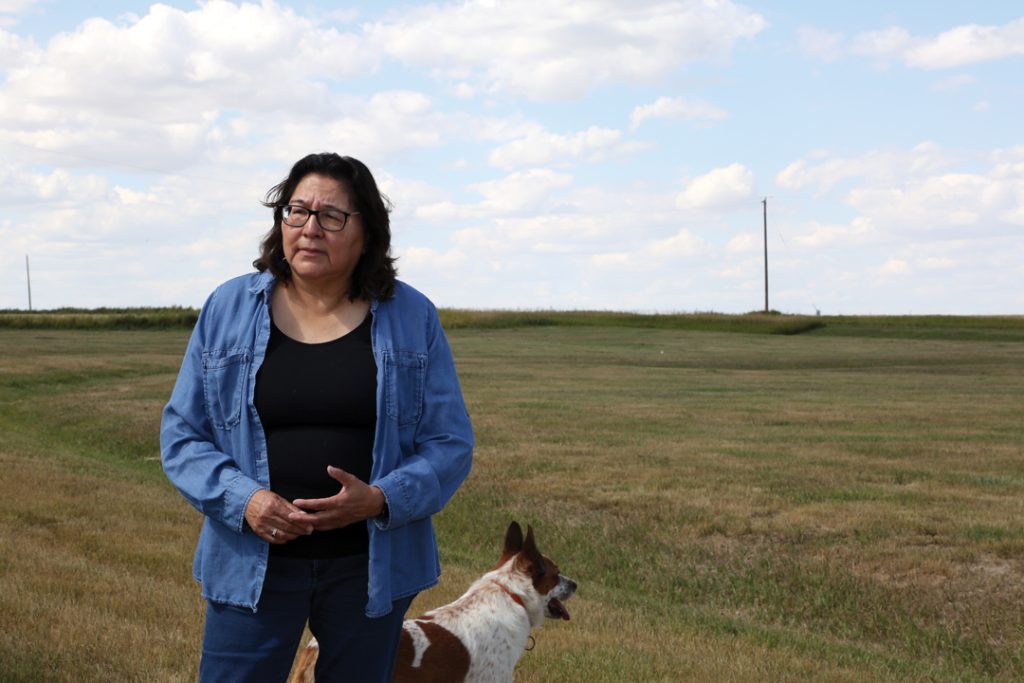
BEYOND BUCKSHEE
Ostensibly, the Alberta government has introduced initiatives to address the collateral conundrum, although these come with caveats that make them inaccessible to individual operators such as Breaker. In 2020, the province introduced legislation to set up the Alberta Indigenous Opportunities Corporation (AIOC), a “first-of-its-kind Crown corporation to facilitate Indigenous investments and job creation.” While the AIOC is technically available to backstop loan guarantees for Indigenous agriculture projects, with a minimum $20 million spend on any given project, most of its support to date has been in the energy sector.
“Unless you’re getting into a really big dairy farm, you’re not going to be getting into those sums,” admitted Rick Wilson, Alberta Minister of Indigenous Relations. He pointed to the Alberta Business Investment Fund (ABIF), which provides grants of between $150,000 and $750,000, as a better fit for capital support. He cited the Kainai Nation’s timothy hay operation as a project successfully supported by ABIF. The band used ABIF funding to build warehouses. “It’s the best hay in the world that they’re growing down there,” he said. “The Japanese use it for their dairy hay, and over in Dubai, they use it for their racehorses.” With such a reputation, Kainai hay fetches a premium. Wilson estimated the operation made close to $15 million in profit in 2023.
There are many agricultural opportunities worth exploring, said Wilson, such as an additional ABIF-backed initiative launched by the Montana First Nation in central Alberta. Concerned about food security at the height of the pandemic, the band approached Wilson to back a high-tech hydroponic greenhouse to grow food for community use with extra product sold at regional farmers’ markets. The project was funded and has since expanded to include a modest commercial operation.
Such projects mirror the opportunities Hester sees in Siksika’s future. In particular, she has high hopes for off-reserve land investments.
In 2022, Siksika Nation and the federal government signed a $1.3 billion land claim settlement over the 1910 surrender. The agreement also allows for the purchase of 115,000 acres of land, some of which could be used for farming, she said. “There’s opportunity there.” The community, she added, must be seriously committed to completion of the necessary planning. This includes land-use plan, comprehensive community plan and capital infrastructure plan. “That sets the pace and direction in setting the stage for the next generation.”
If this next generation is to include independent farmers, however, there’s much additional work to be done at the policy level. Funding support from the AIOC and ABIF is only available at the band level, which leaves individuals ineligible for grants. As such, Hester returns to the issue of land certainty. Until it is addressed once and for all, she said, there is no way forward. Before that can happen, she acknowledged, both reserve leadership and the community at large need to have a better understanding of the high input costs that are shouldered by farmers and ranchers. Without a land-use agreement, most will either pack it in or resort to buckshee.
“That’s why some don’t make it,” she said. “They don’t have the collateral or what have you to even do one or two years of farming. They need cash upfront or some sort of loan to purchase equipment. I’ve had some discussions [with land users] and they said, ‘Well, I’m using the land. I’ll pay, and that way I’ve got some land certainty.’ Now, would that be at the band level or under the Indian Act? That’s yet to be determined. But either way, land certainty is the way to go.”
As the system stands, though, Stewart can’t help but feel little has changed since the days in which success or failure were determined by the whims of the Indian agent. This historical figure, he said, has simply been replaced by contemporary bureaucracy. “We’re still under the Indian Act, politically and socially,” he said. “The only thing is that we still have are ceremonies and spirituality. That’s why we’re here. Nobody else.”
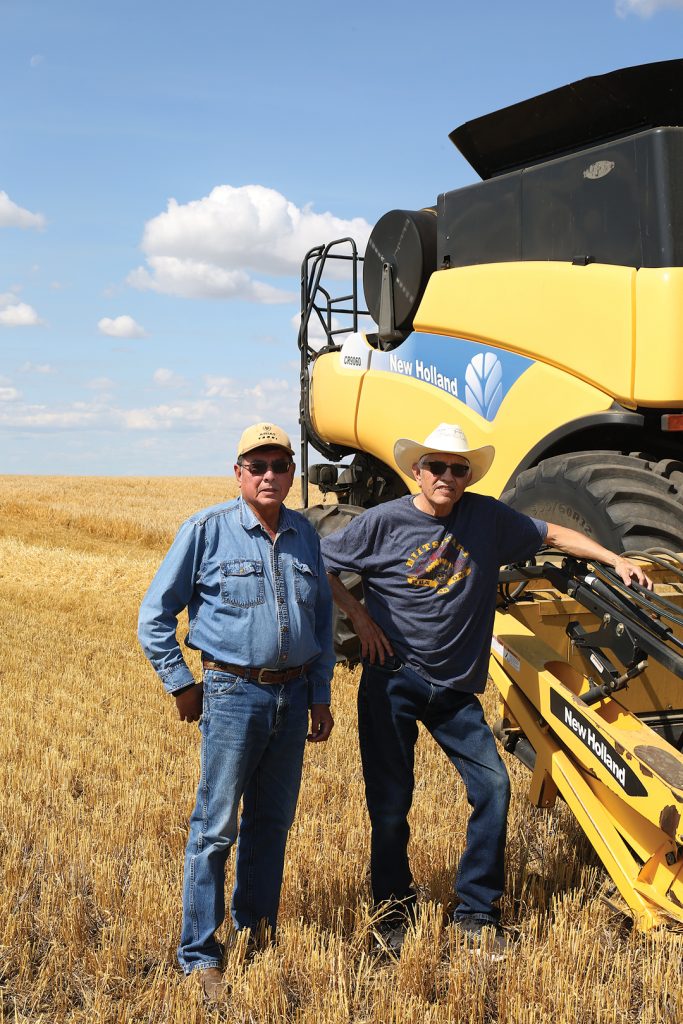






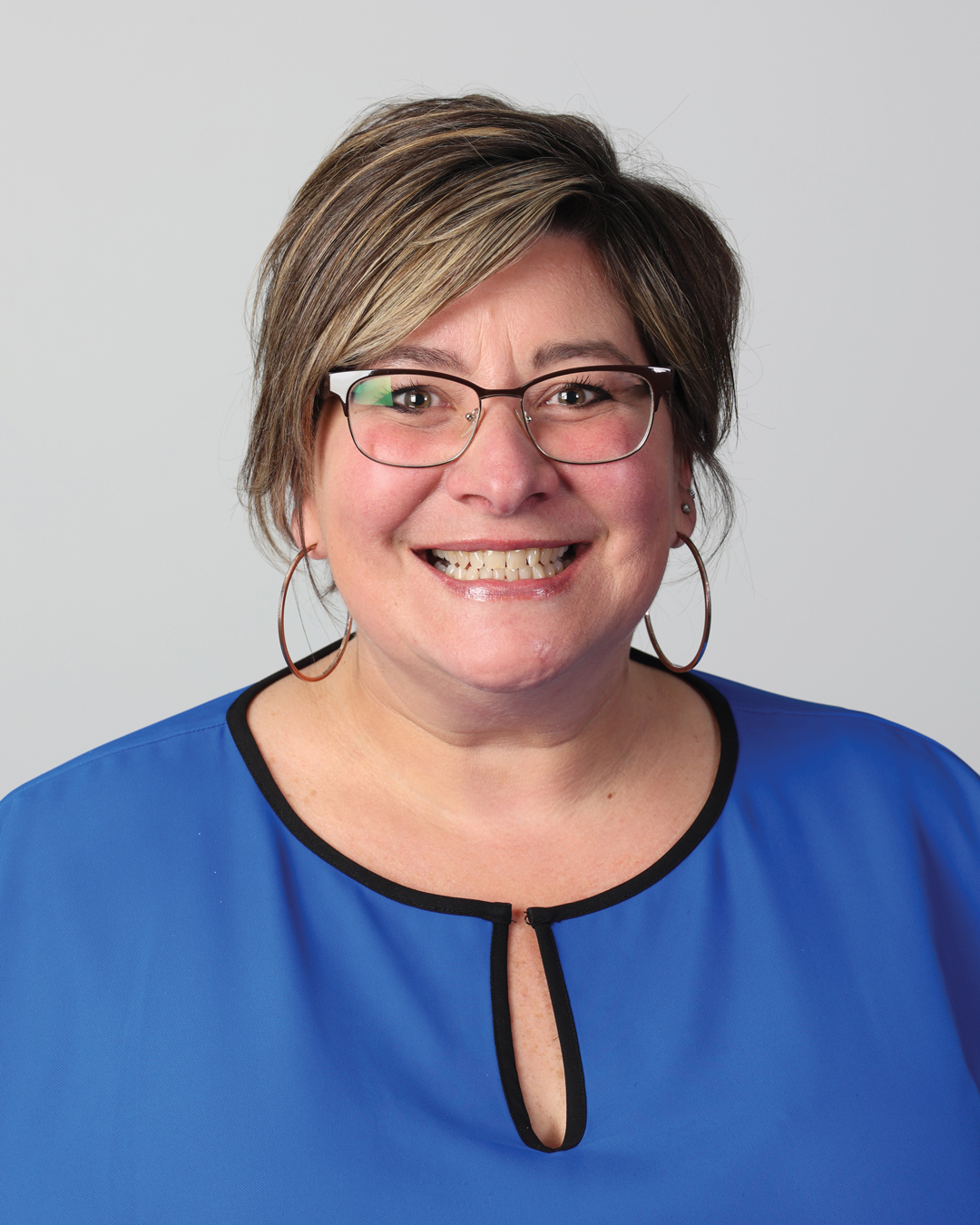
Comments